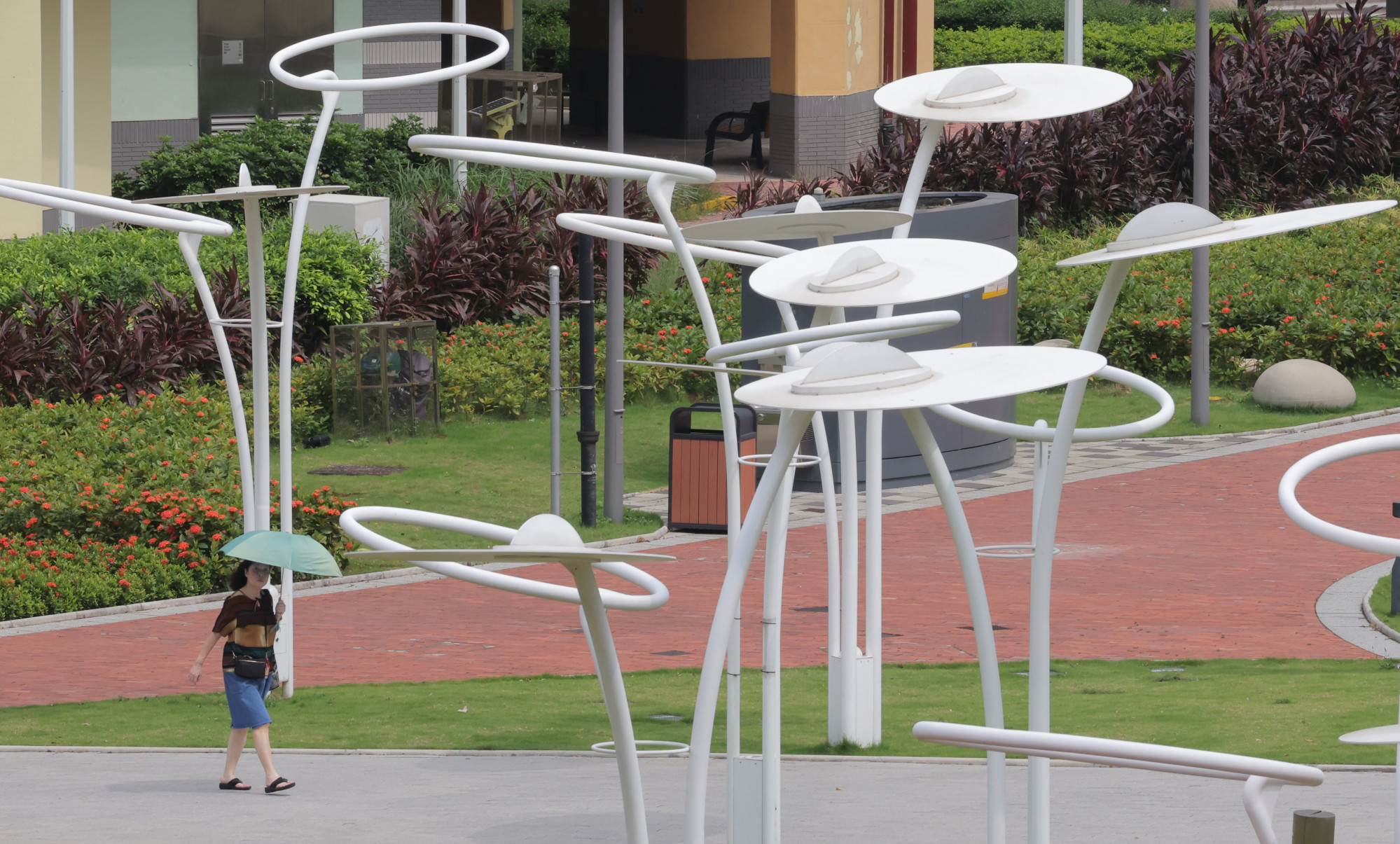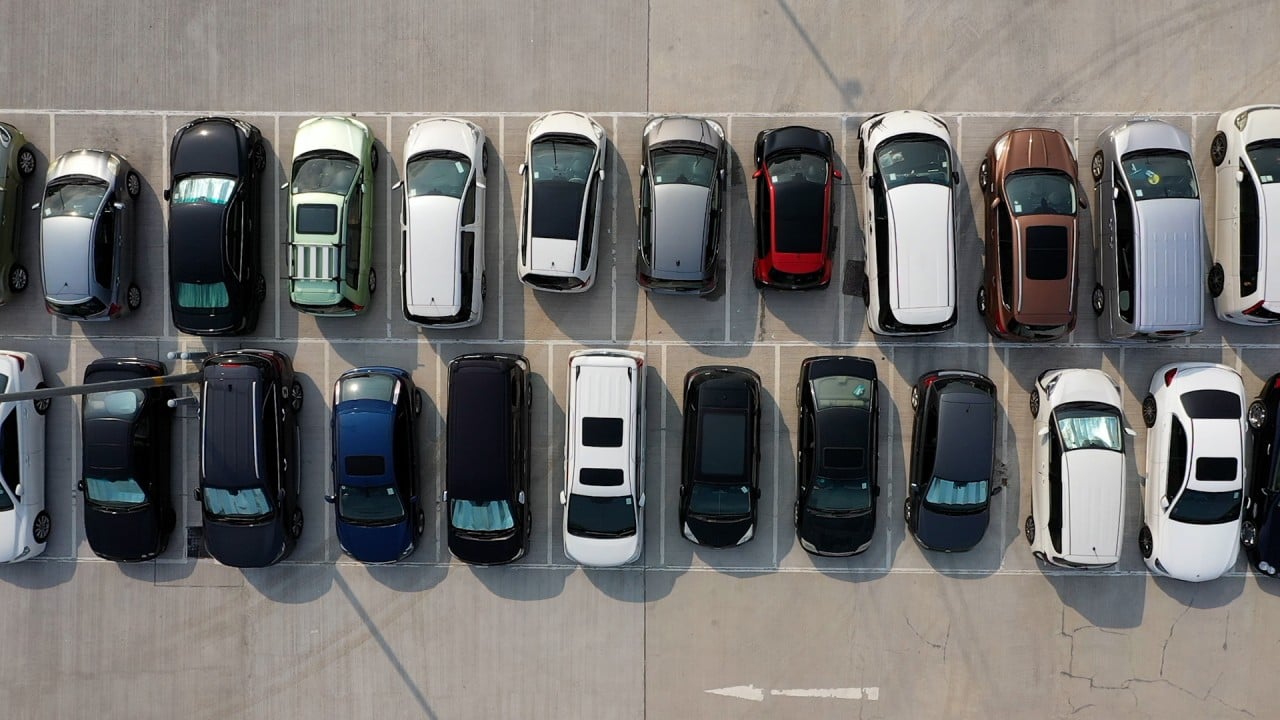Industry experts are calling on the government to review its current guidelines on car park construction, after Hong Kong’s heaviest rainstorm in over a century flooded underground facilities and wreaked widespread financial damage.
Basement car parks were particularly hard hit. In Chai Wan’s Wan Tsui Estate, one such facility was half-filled with water that left vehicles almost completely submerged. On social media, frustrated car owners shared stories of heavily damaged vehicles and lamented not buying full insurance coverages.
“The previous practice was promulgated in late 2000s under the sustainability guidelines formulated by a group of academia and government planners without practising experience,” said Barry Lee Chi-hong, president of Hong Kong Institution of Engineers. “It is time to review such guidelines and its impact on the industry and end products.”
The world’s least affordable housing market is filled with densely packed skyscrapers, and parking bays are often built deep underground below residential buildings. A major reason is that government rules exempt private underground car parks from being counted as a building’s gross floor area (GFA).
In comparison, ground-floor parking space gets only a 50 per cent exemption, while upper-floor car parks are fully counted into the GFA, according to the latest practice note from the Buildings Department.
“If [non-underground] car parks are counted as GFA, why would developers build them?” said Donald Choi Wun-hing, executive director and CEO of Chinachem Group. “I would rather build the least amount of [above-ground] car-park space and use the GFA to build more flats or commercial space.”
Higher insurance costs for Hong Kong after Saola, black rainstorm damage claims
Higher insurance costs for Hong Kong after Saola, black rainstorm damage claims
A growing chorus of voices is urging authorities to review the exemption guidelines, which have been effective since April 2011. Before then, private car parks were generally excluded from GFA calculations as long as they were “intended for the use of the occupants and their bona fide visitors”.
The current rules were established after public outcry over the environmental impact of above-ground parking space, according to architects and surveyors.
Before 2011, it was common for developers to build blocks of high-rise residences over a podium base of multistorey car parks. But critics argued that these massive constructions blocked ventilation and sunlight, creating a “walled effect” in urban space.

In June 2010, the Council for Sustainable Development, which advises the government on environmental matters, proposed to reduce the level of GFA concessions for car parks and promote subterranean parking space. The plan was soon adopted by the government.
“All the ideas adopted were doubtful,” said Lee of the Institution of Engineers. “Underground car parks are costly in terms of environmental footprint and environmentally unsustainable with huge energy needed for long term lighting and ventilation.”
Underground parking garages are very costly, according to Vincent Ho Kui-yip, chairman of the building policy panel of the Hong Kong Institute of Surveyors. The mechanical ventilation and lighting needed in these facilities consume a lot of energy, he said, adding that underground evacuation routes are also complex.
Compared with other parking spaces, underground ones take about 9 months to one year longer to construct – a notable difference in a city where housing supply is constrained, Ho added.

The costs of building basement car parks are also about 30 to 50 per cent higher than their above-ground counterparts, according to estimates by multiple developers and architects. The deeper the basement, the more expensive it is to build.
“When these residential parking spaces are sold to individual owners, the car parks will be relatively difficult to maintain in the future, as not every owner is willing to share the cost for maintenance,” Ho said.
He said some “ageing” car parks that were built over 30 to 40 years ago are in shabby conditions, with potential safety risks.
As more car owners turn to electric vehicles, fire has also become a bigger risk. This is especially so in basement car parks, according to Chinachem’s Choi.

But others said the GFA exemptions for subterranean car parks have some benefits.
“The policy has restored street life,” said Freddie Hai Tuen Tai, chairman of the Board of Social Affairs at Hong Kong Institute of Architects. “For example, people living in Kai Tak and new residential neighbourhoods in Tseung Kwan O can enjoy open areas with urban ventilation and convenient facilities.”
“This is what urban neighbourhoods should look like: no bulky buildings or blockades with podiums filled with cars,” he said. “But we need to accept the trade-off, which is the high costs and risks of building underground car parks.”
The government is currently considering GFA concessions for upper-floor car parks to encourage the return of some above-ground parking space, according to several people familiar with the matter, who declined to be named because they are not authorised to speak with the media.
Hai doubted the policy would make a huge difference, urging the government instead to think bigger about the future of mobility in Hong Kong.
“What’s more important, and what Hong Kong needs, is a policy-level transport strategy,” he said. “Whether the government encourages people to utilise public transport, or to commute with vehicles, determines the design of networks in town planning.”


